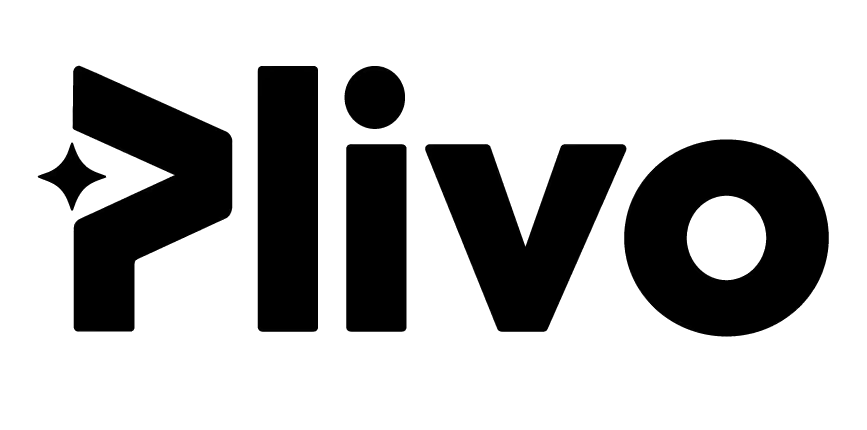

Our team will contact you shortly to get you started.
Plivo is the #1 Telnyx alternative
Thousands of businesses choose to migrate to or add Plivo’s messaging and voice APIs for their business communications. Here’s just a few reasons why:
Award-winning CPaaS solutions that power better customer engagement
Recognized as the #1 Leader in Gartner Peer Insights Customers' Choice for Global CPaaS 2023
Featured on Inc.’s 2023 List of America's Fastest-Growing Private Companies
Trusted by thousands of businesses as the leading alternative to Telnyx


Our team will contact you shortly to get you started.
You’re in good company


.svg)




Plivo’s SMS API Makes Payment Touchless for LAZ Parking
“I know if there’s some kind of a problem with our service, the last place we look is Plivo.”
— Patrick Ryan, VP of Innovation at LAZ Parking

Top 3 reasons customers choose Plivo
We’re not satisfied until you’re successful
Our consultative approach to engagement means we work with you every step of the way.
We build security and reliability into our platform
Behind the scenes, Plivo makes sure your communications get where they need to go every time.
Our complex applications are simple by design
We’re focused on keeping things simple for our users while allowing you to build complex applications.
It’s easy to migrate your SMS/MMS application from Telnyx to Plivo
This technical comparison between the Telnyx and Plivo APIs will help you with a seamless migration.

Looking for a Telnyx alternative?
See the Plivo difference
Supports sending messages and making voice calls to 130 more countries.
Enterprise-grade Premium Communication Network boasts an uptime of 99.99%.
Superior onboarding with a dedicated solutions architect guiding your integrations.
Streamlined APIs with comprehensive documentation.
Provides industry-leading support services including email, Slack, and phone support.
Enterprise support includes custom support and an enterprise package with added features.
Direct relationships with over 1600 telcos in more than 100 countries.
FAQs About Switching from Telnyx
How easy is it to migrate from Telnyx to Plivo?
The two companies’ API structures, implementation mechanisms, and voice and message processing are similar. Anyone who’s familiar with Telnyx should become comfortable with Plivo quickly. You can read more about it in our Telnyx migration blog.
Why does Plivo’s Premium Communications Network matter?
Plivo’s Premium Communications Network (PCN) provides the best quality and reliability for your messages and voice calls, and saves you from having to worry about carrier complexities and unnecessary management overhead.
Can you give me an example of Plivo’s reliability?
Ask Patrick Ryan, VP of Innovation at LAZ Parking. “Reliability is really important because this is our revenue — this isn’t marketing. I know if there’s some kind of a problem with our service, the last place we look is Plivo.” Learn more in the LAZ Parking case study.
Can I use my existing Telnyx phone numbers?
You can use your existing phone numbers by porting them to Plivo without any interruption to your customers. See our documentation to learn 10DLC resource pagemore about number porting.
Can I try Plivo for free?
We offer trial accounts that let you try Plivo services for free. Sign up to receive free credits to rent phone numbers, send messages, make calls, and receive messages and voice calls.
Can you help me with 10DLC?
In the US, messaging users must register long codes as 10DLC numbers for commercial A2P messaging. Plivo customers can use the console or our SDKs to complete registration for themselves and their customers. Our 10DLC resource page is a great place to get started.
Ready for a Telnyx alternative?
Plivo’s messaging and voice APIs let organizations programmatically send and receive text messages, make voice calls, browser and app-based calling, and voice OTP.







.svg)
